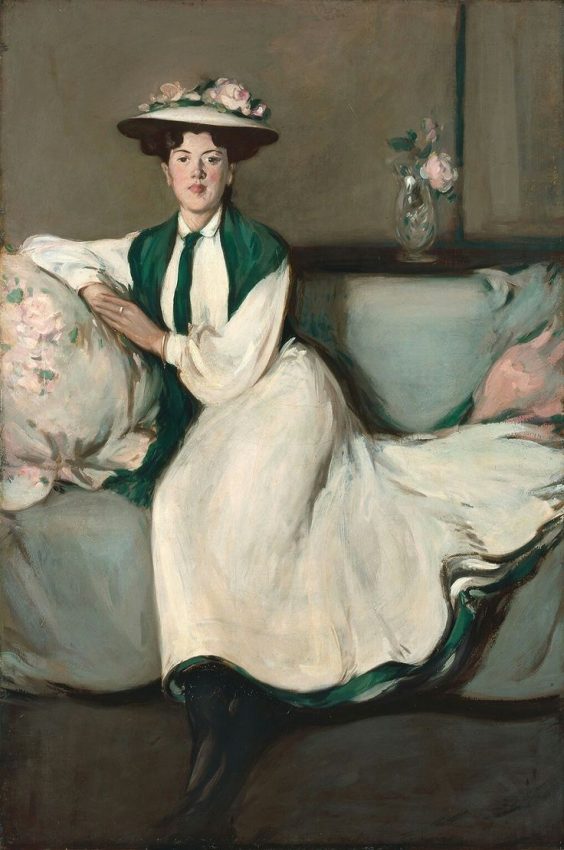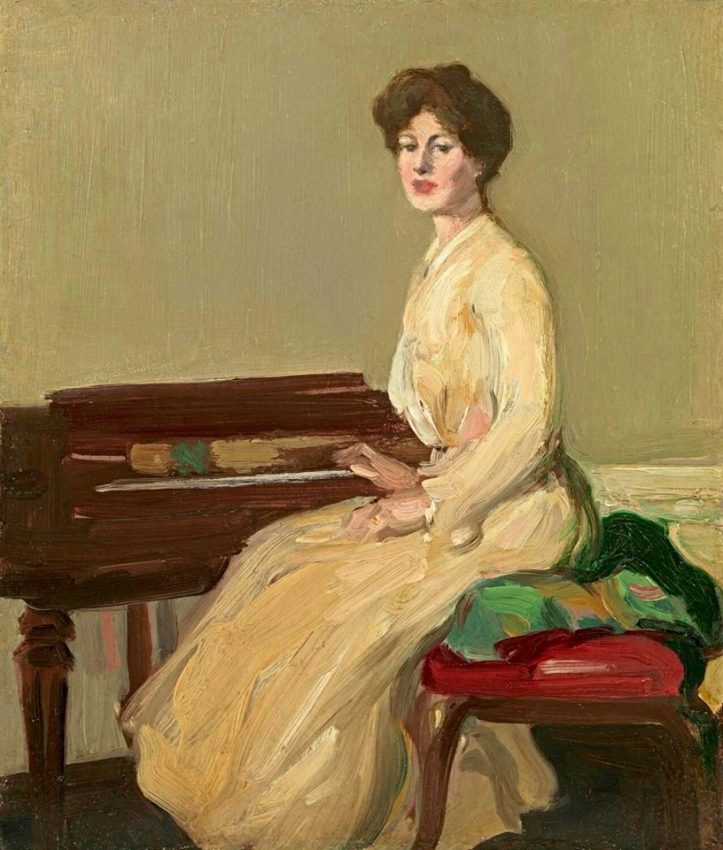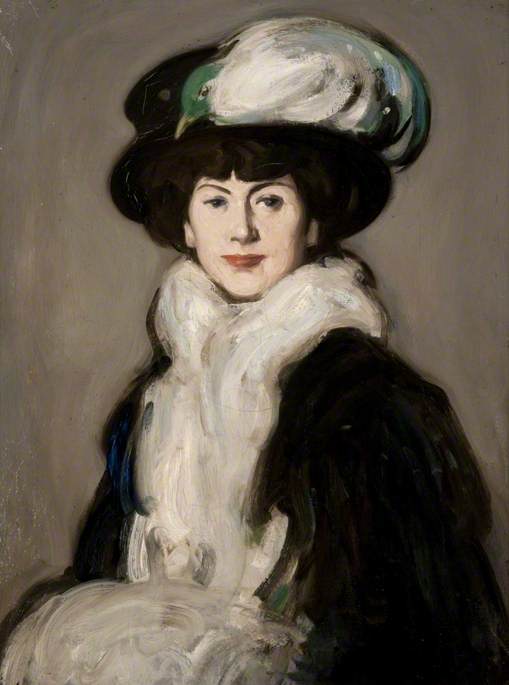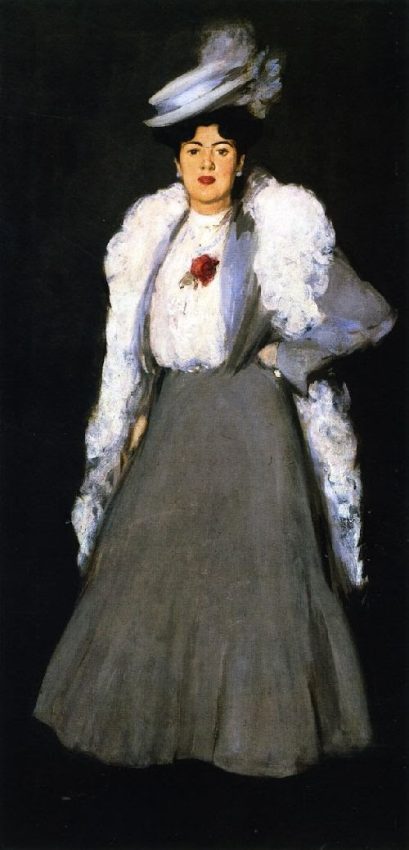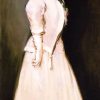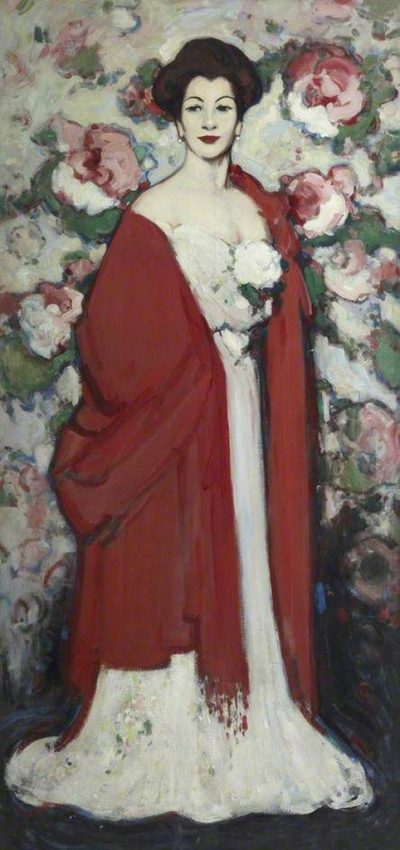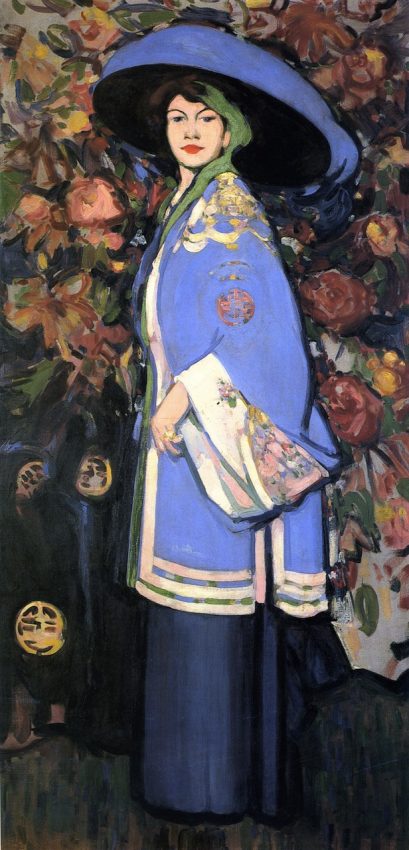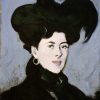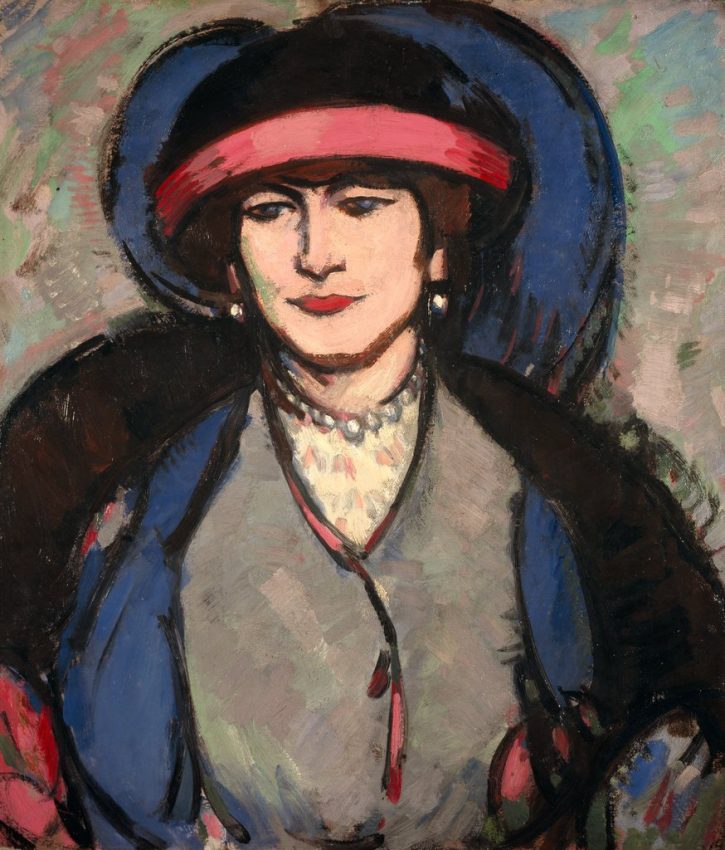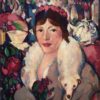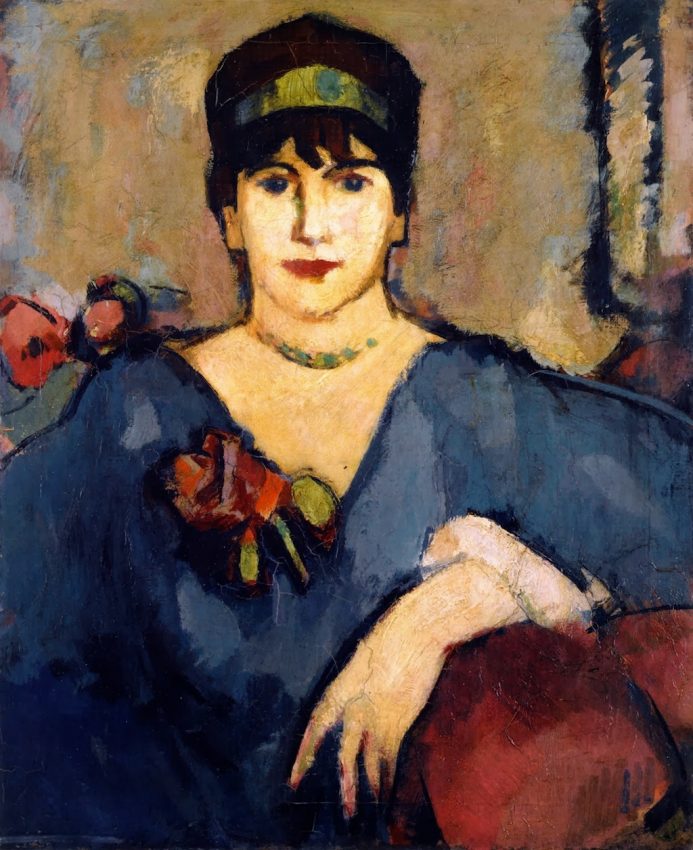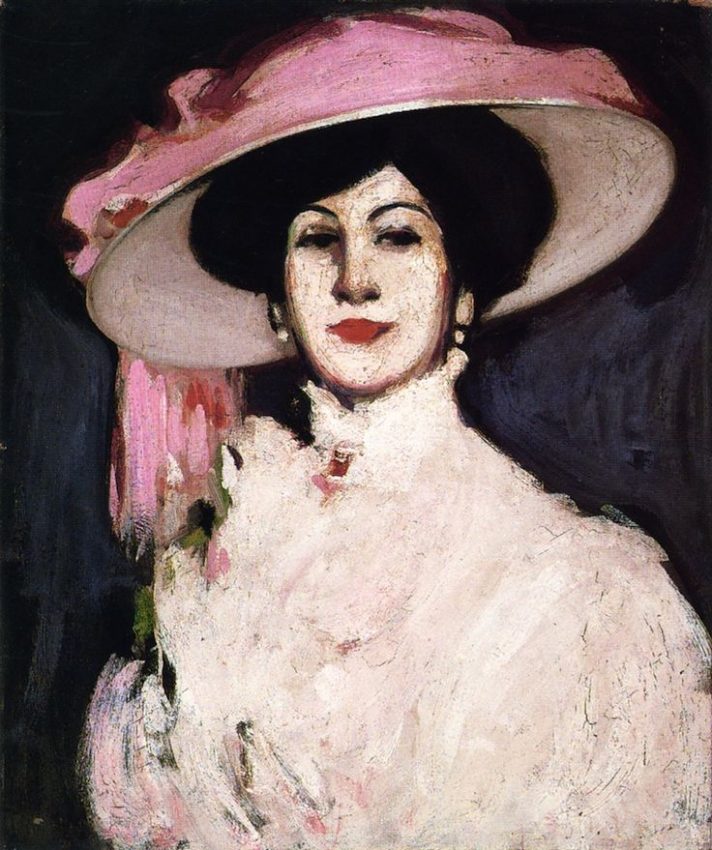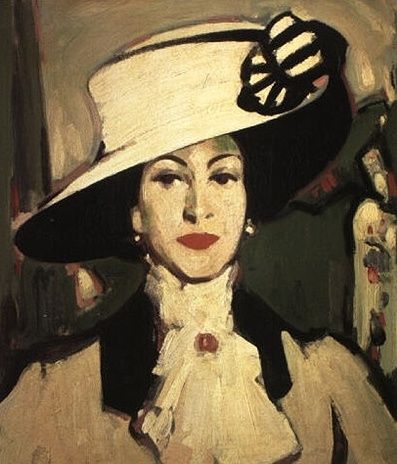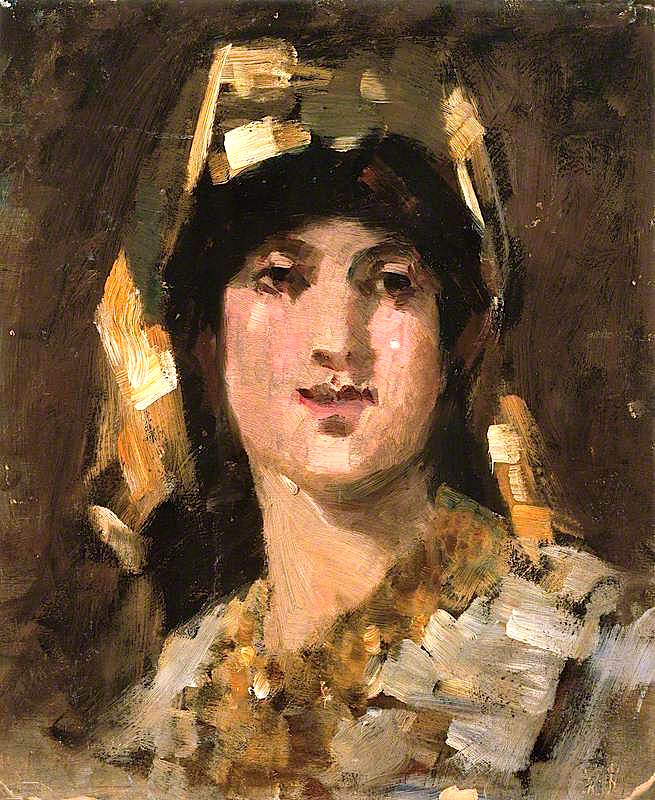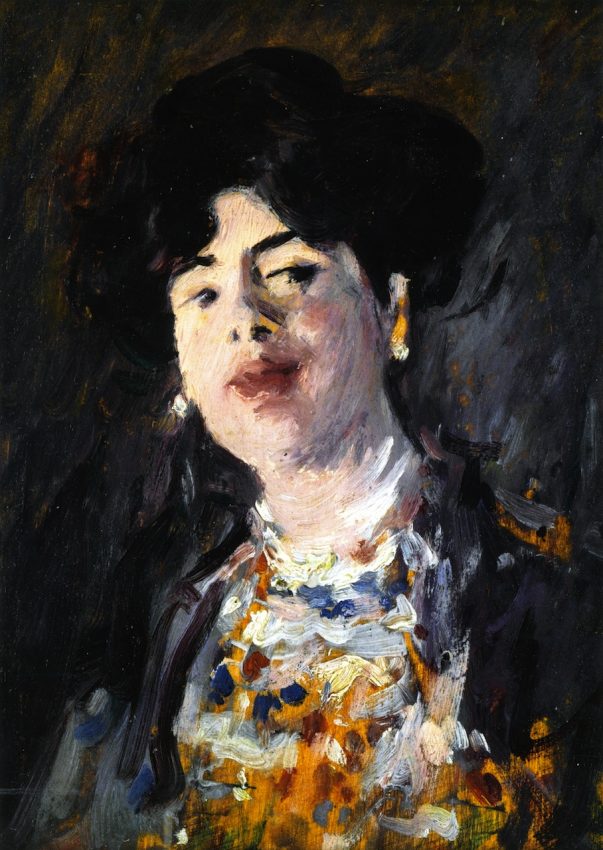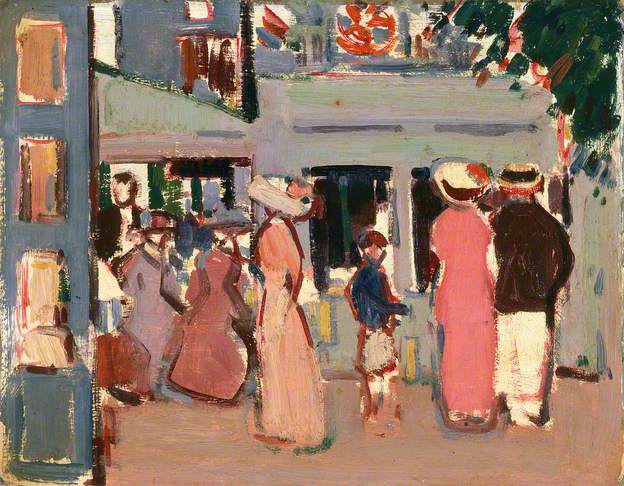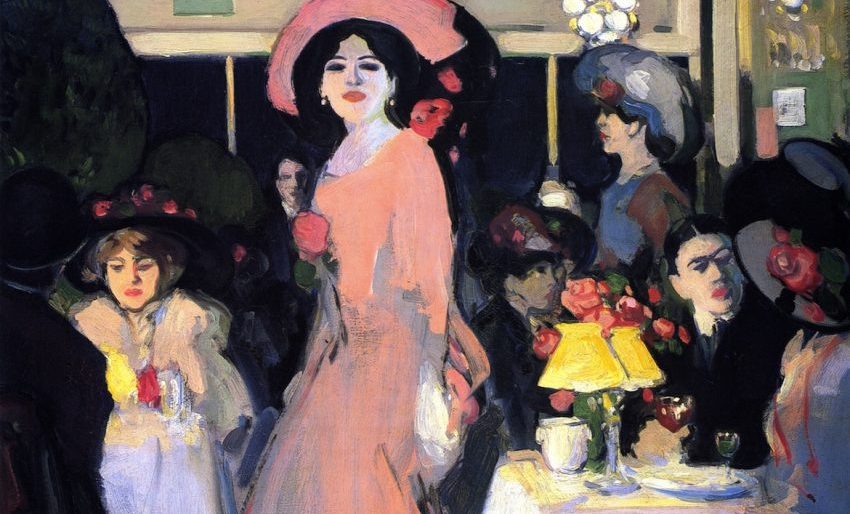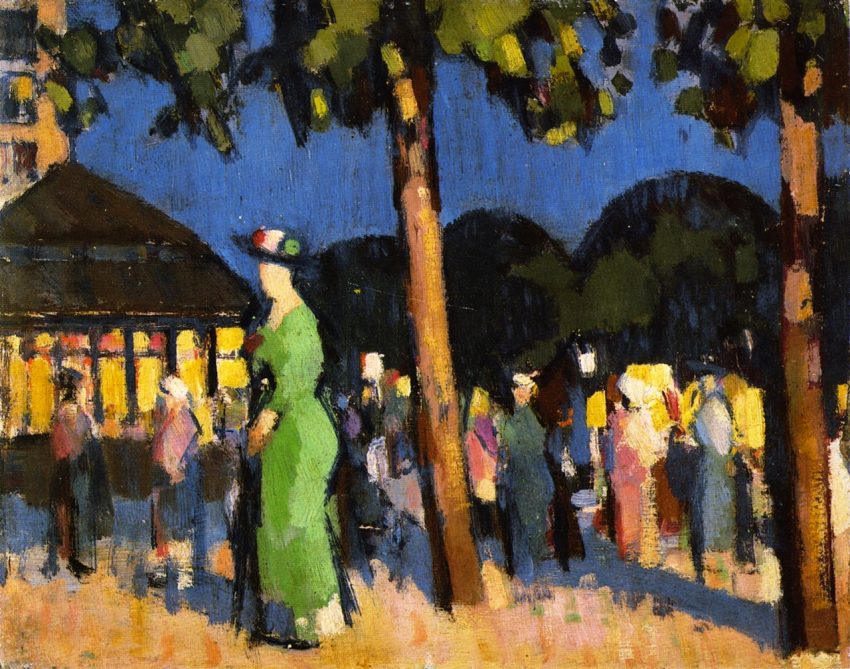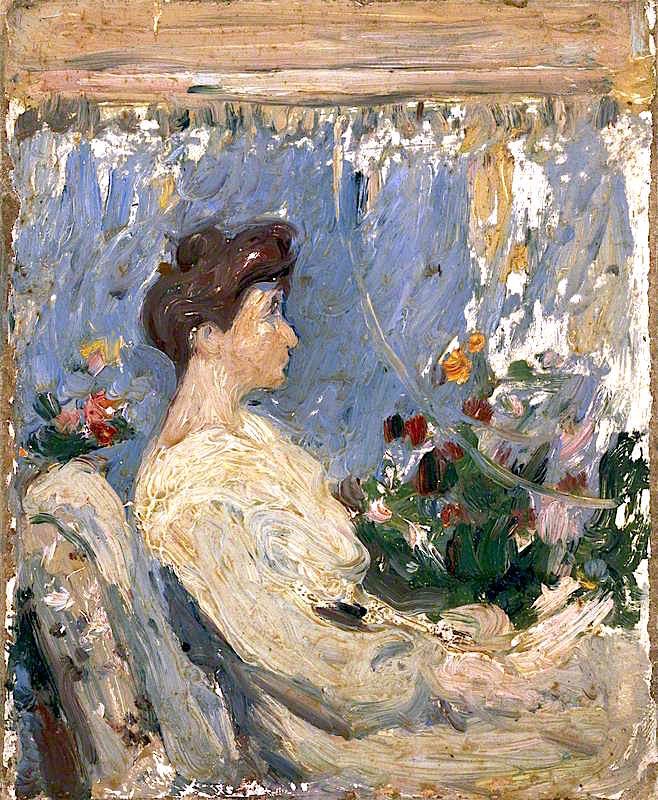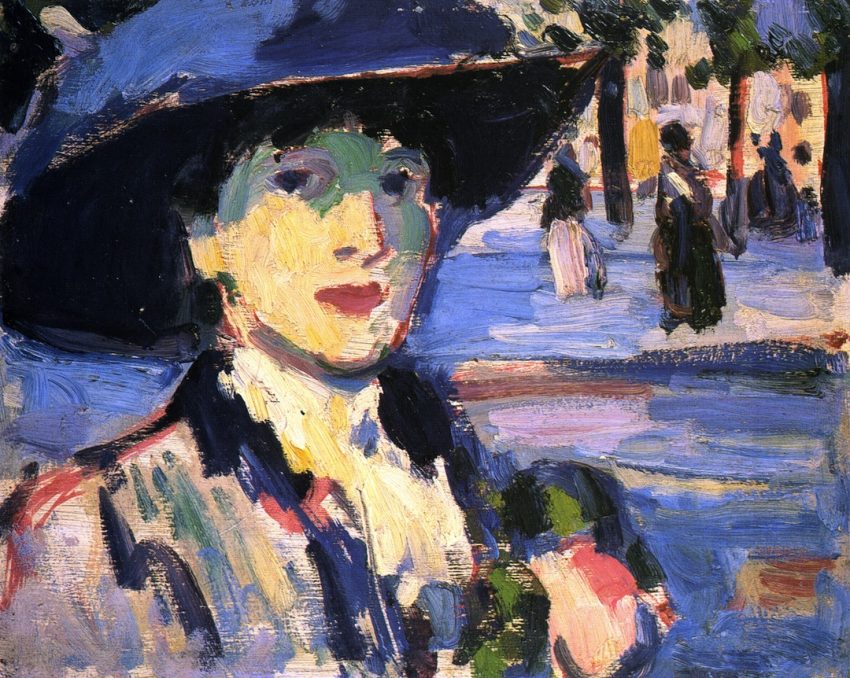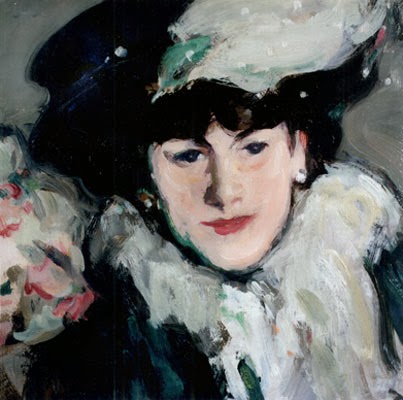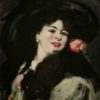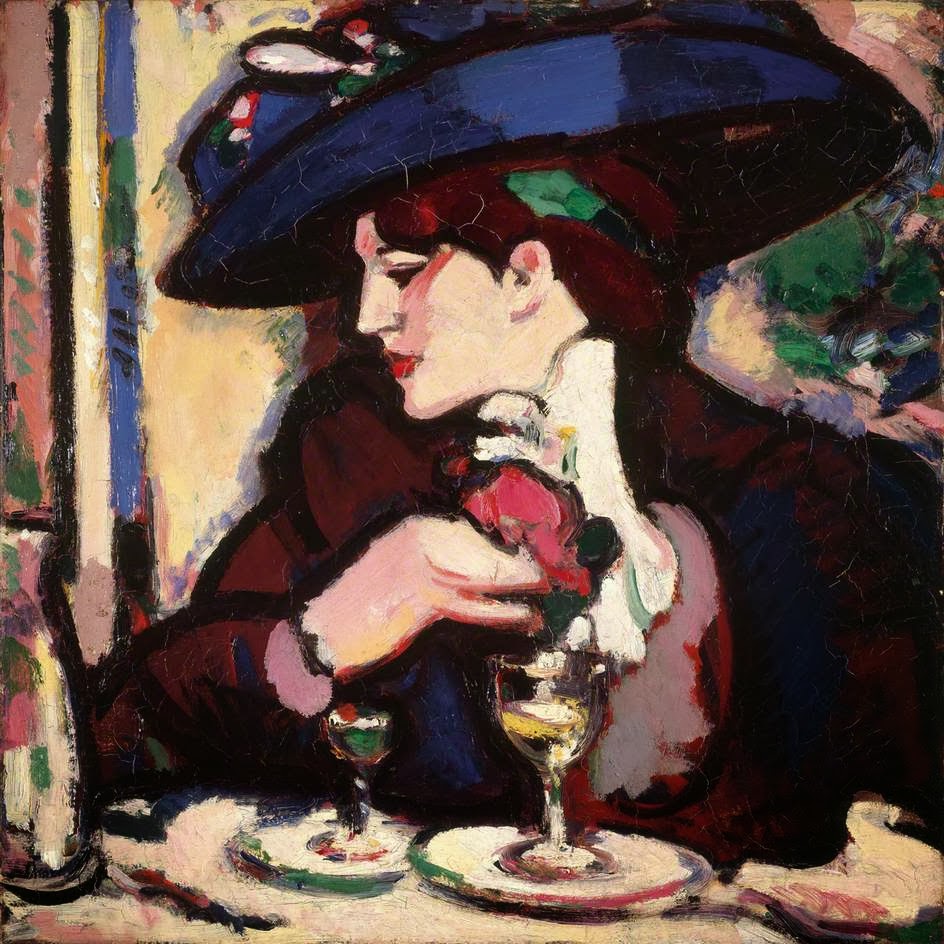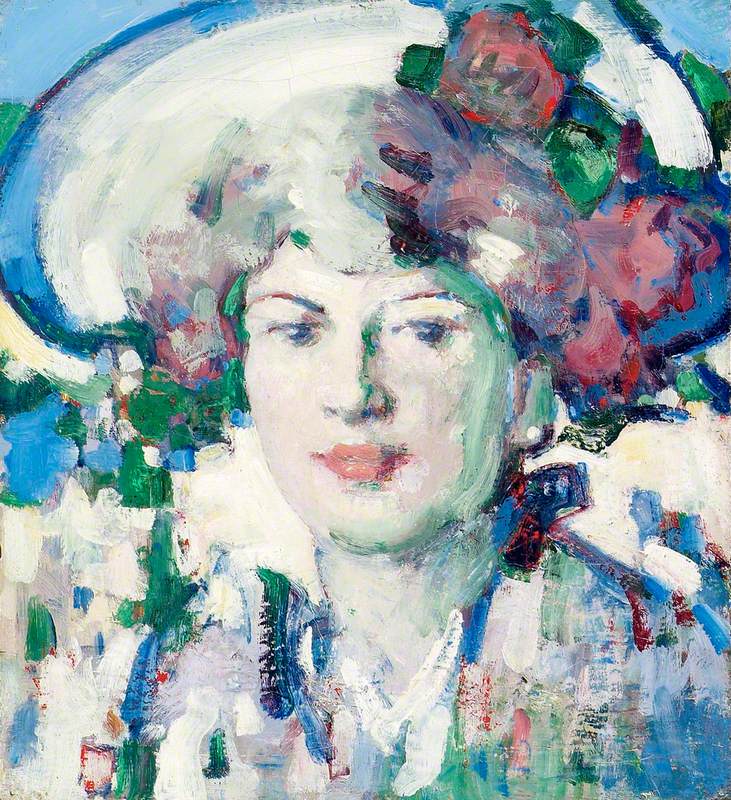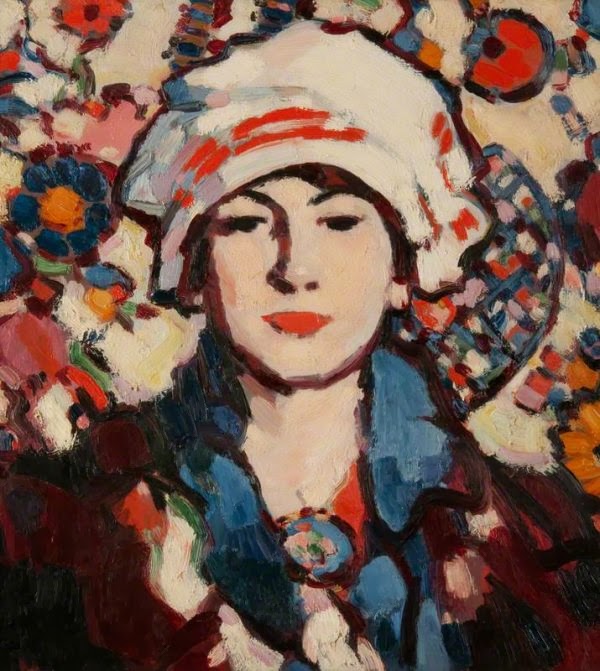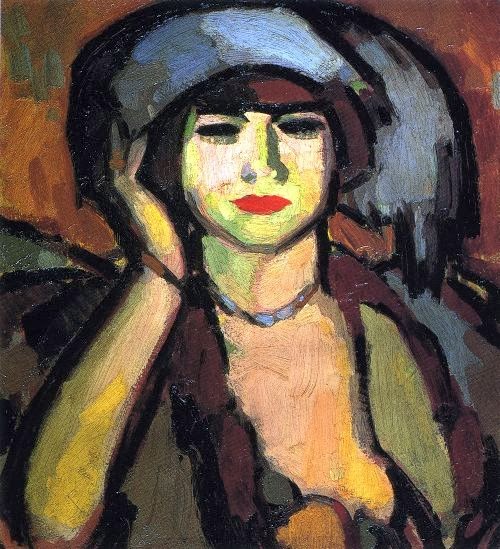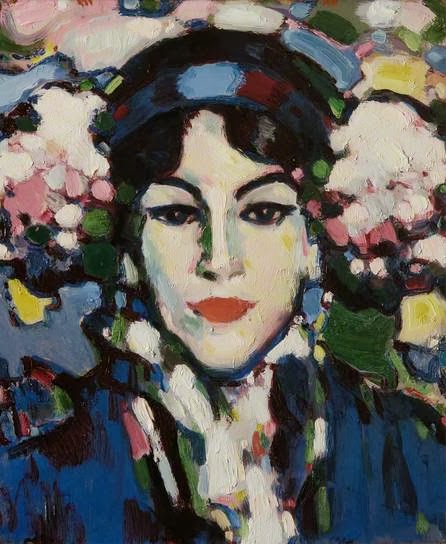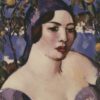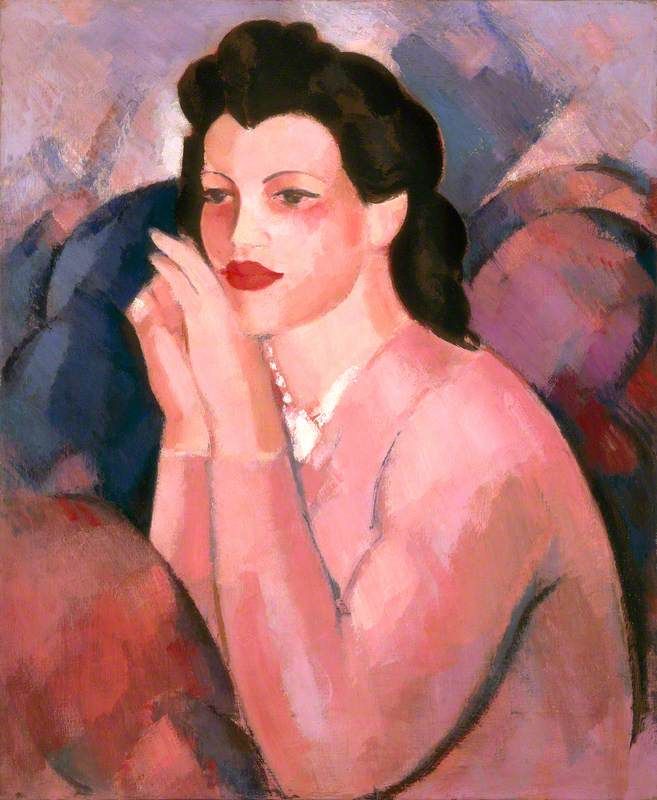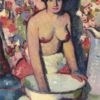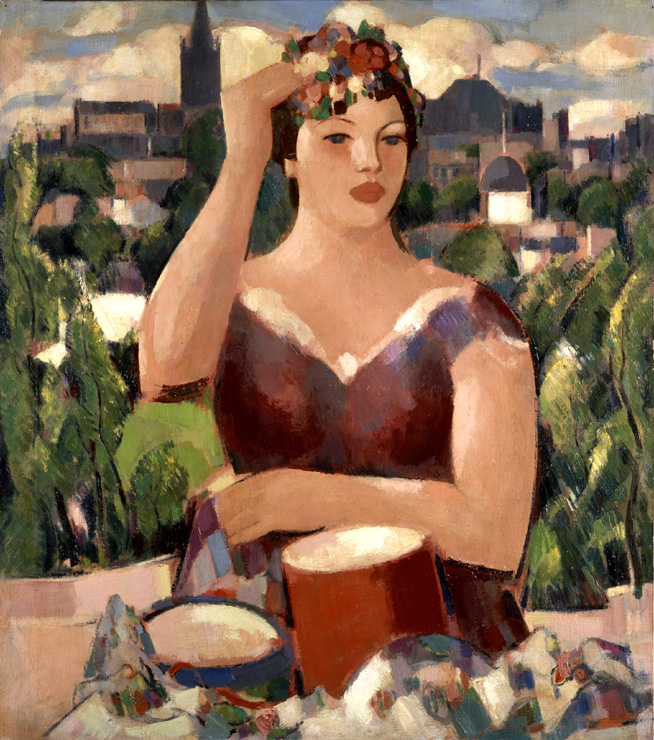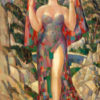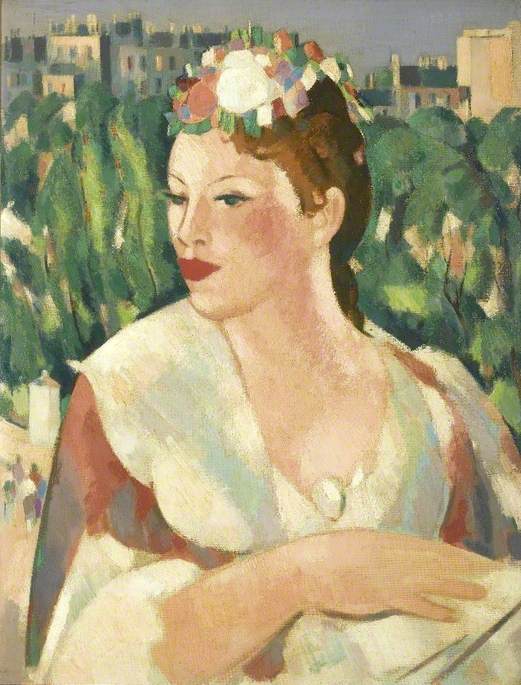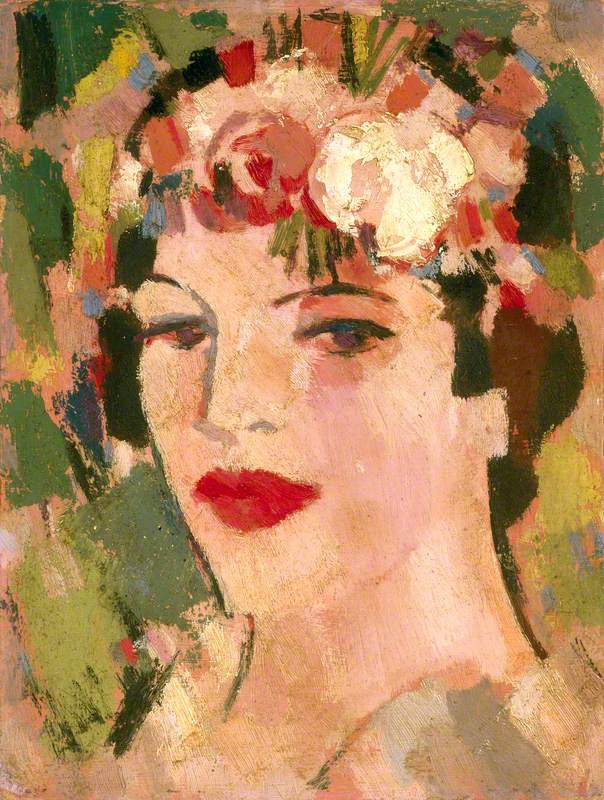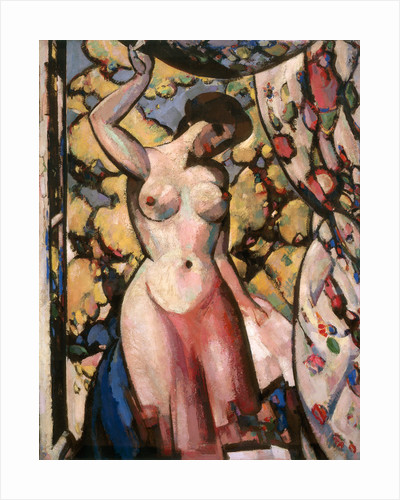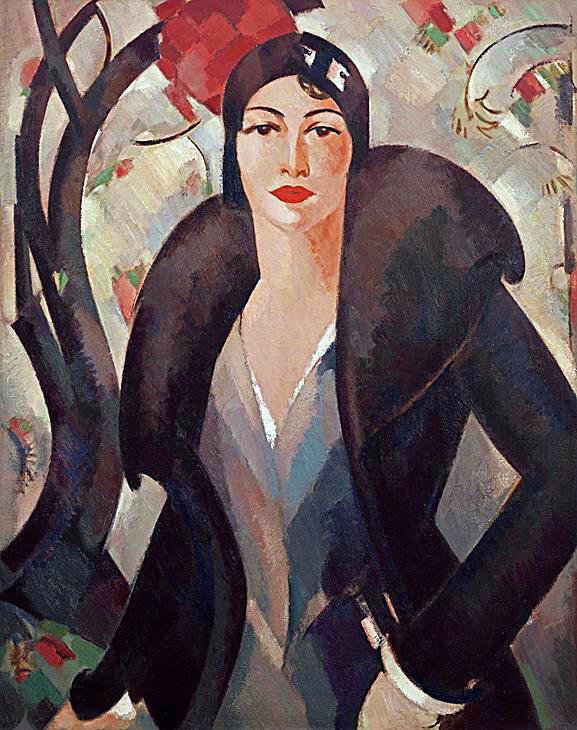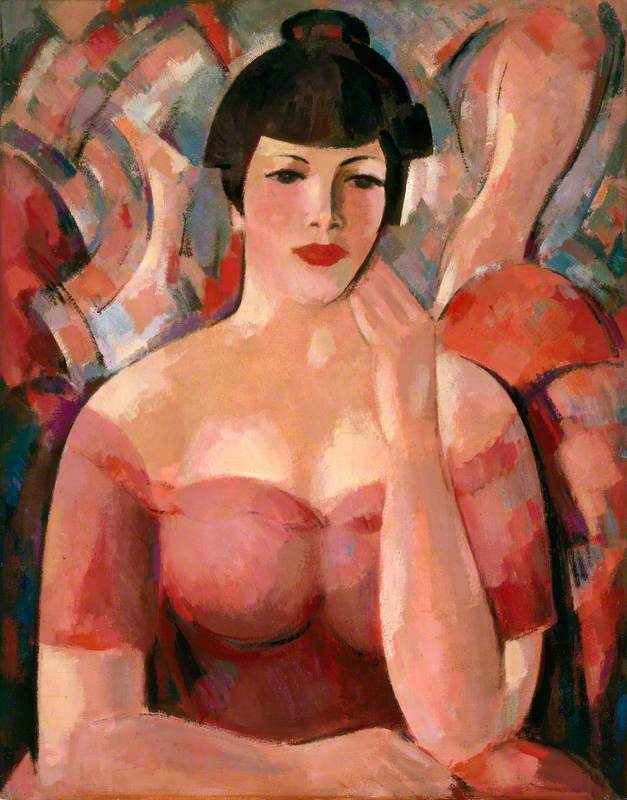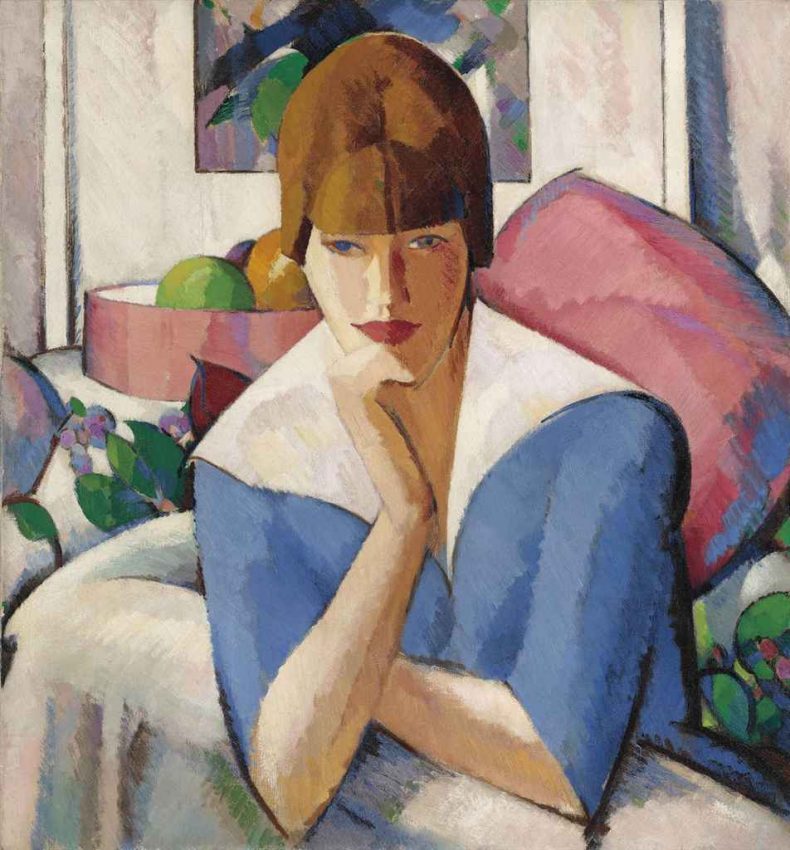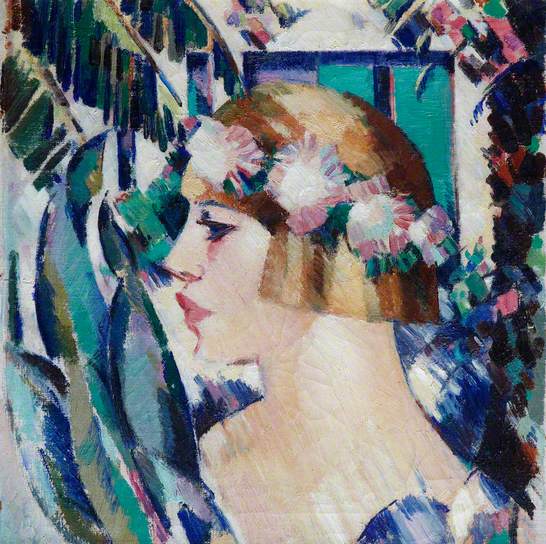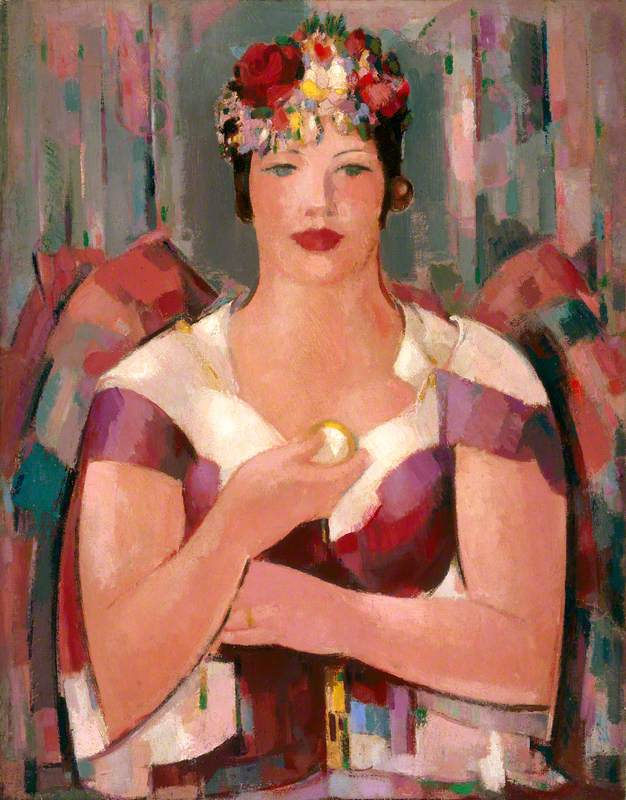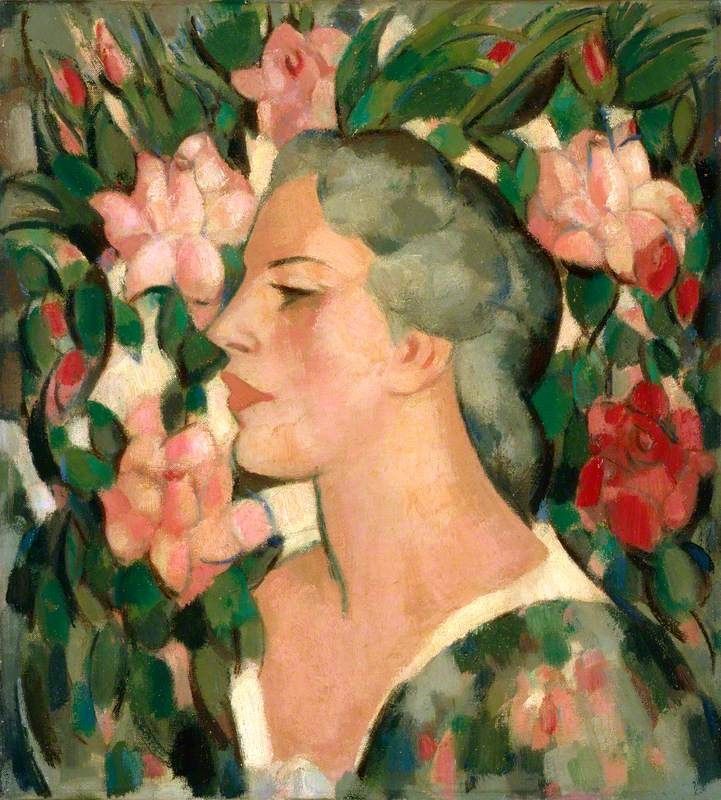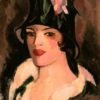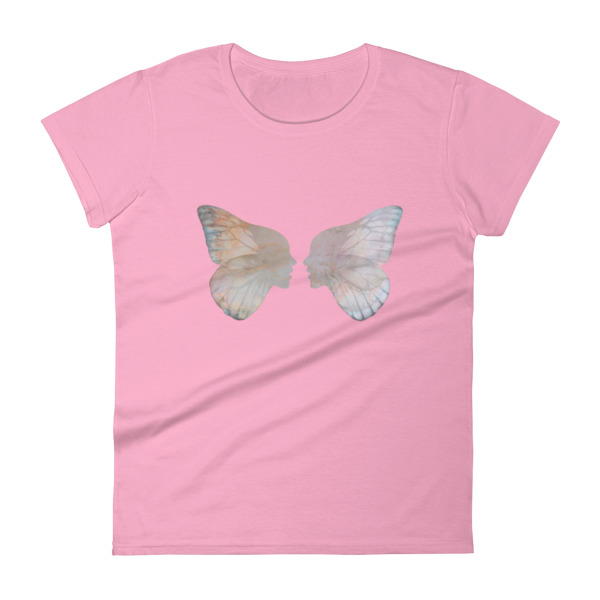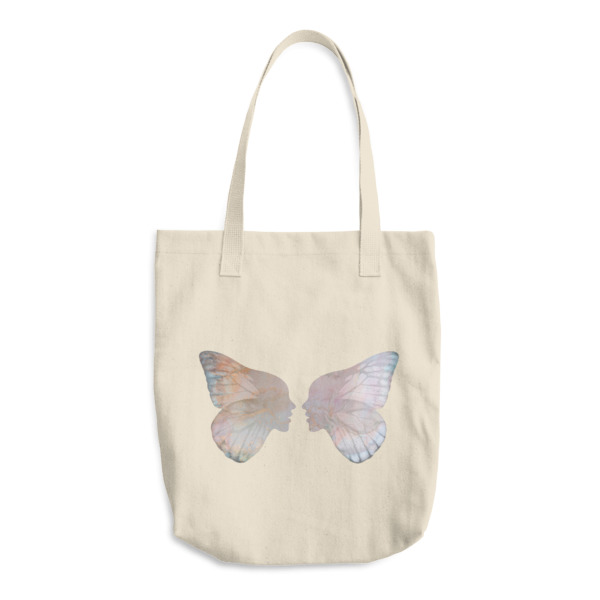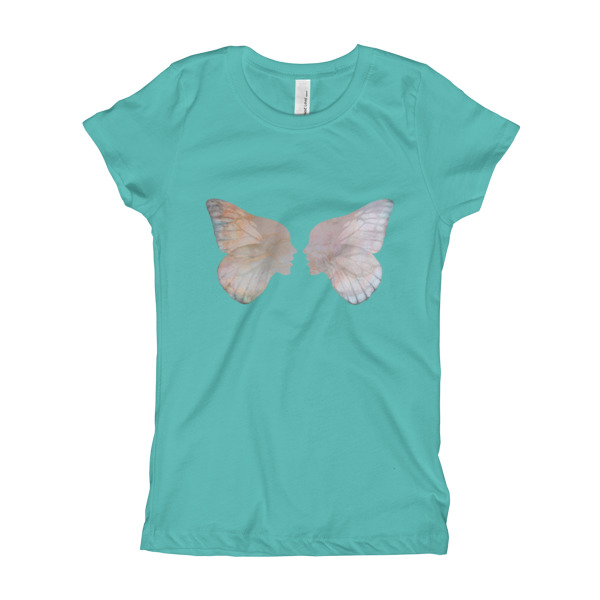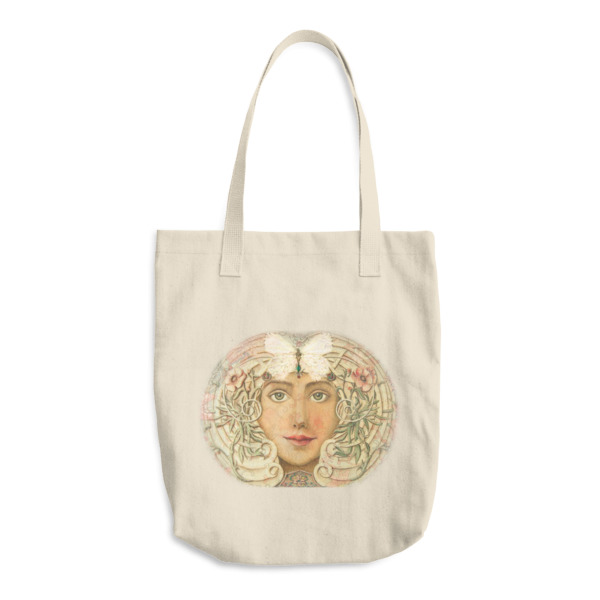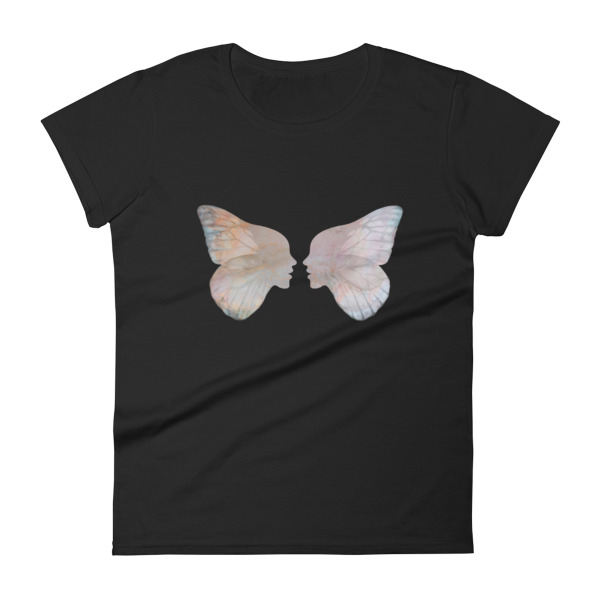John D Fergusson (1874-1961)
John Duncan Fergusson was a Scottish artist and sculptor, regarded as one of the major artists of the Scottish Colourists school of painting. Fergusson was born in Leith, Edinburgh. Although he briefly trained as a naval surgeon, Fergusson soon realised that his vocation was painting and he enrolled at the Trustees Academy, an Edinburgh-based art school.
He rapidly became disenchanted with the rigid teaching style, however, he elected to teach himself to paint. He began to travel to Morocco, Spain and France, where he became acquainted with other artists of the day. Amongst them was Samuel Peploe, another of the group of artists who would later become identified as the Scottish Colourists.
In 1898, Fergusson took his first trip to Paris to study at the Louvre. He was highly influenced by the impressionist paintings at the Salle Caillebotte and these were an important influence on his developing style. Later he would also be influenced by Fauvism and the fauvist principles of using colour would become a strong feature of his art.
Fergusson became part of the enormous growth in artistic talent that Paris was home to at the beginning of the twentieth century. There he mingled with artists like Matisse and Picasso in the café society for which the city was renowned. In addition, he and his friend Samuel Peploe regularly painted together at the a seaside resort of Paris Plage and other places along the coast between 1904-9.
By the outbreak of World War I, Fergusson was considered to be at the forefront of modern British painting. He moved to Glasgow in 1939 where remained for the rest of his live. In 1940 Fergusson founded the New Art Club, out of which emerged the New Scottish Group of painters of which he was the first president. In 1943 he published his book on “Modern Scottish Painting”.
